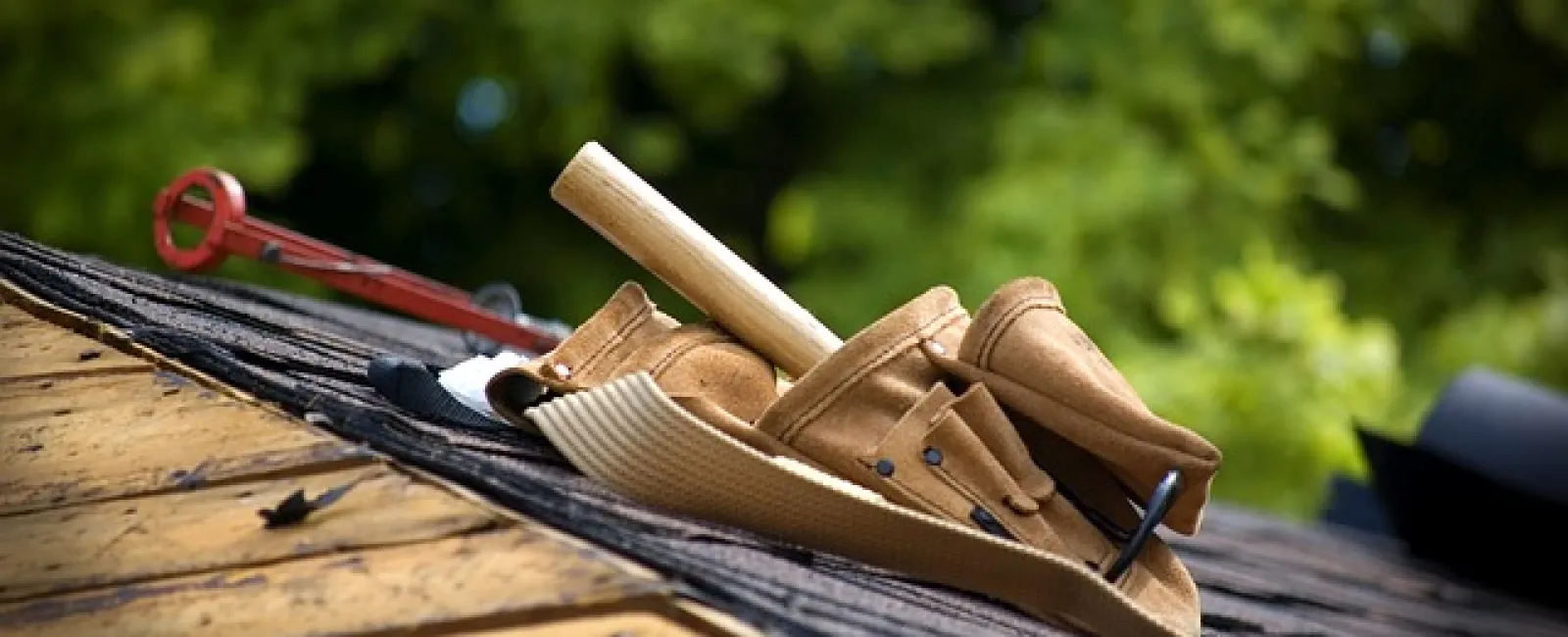June 10, 2021
Shingles are one of the most popular choices people make when it comes to roofing worldwide. Many roofers are well-versed with this item, whose purpose is for the home to be protected from high winds, hail storms, and the elements in general. There are various sizes and shapes available, and their materials are typically fiberglass or asphalt. They typically last for numerous seasons as long as they're maintained well.
Even a single shingle that's beginning to peel off of your home's roof is cause for concern. It's key to call on a roofing company to get repairs done. Read on to learn some of the most typical issues with shingles which could require repair or, in some cases, replacement.
Blistering Under the Heat of the Summer
If you spot a tile that has a bald spot, that's a rather blatant sign of blistering. Given how high the temperatures get in the summer, it usually occurs around this time. Moisture is generally trapped by the granular layer under the top layer. The shingles are then forced to burst open by the pressure. As a result, an area is left bare—the aforementioned bald spot. Aside from the summer heat, when you end up getting shingles from a low-quality manufacturer, you could also end up with blistering shingles.
Installation and Premature Cracking
Cracking is natural for shingles as they age. However, the aging process can get sped up by multiple factors. When the underlying structure shifts, all the movement leads tiles to end up getting worn out much quicker. That said, cracking is far less common when tiles are new. In those cases, the issue could be with inadequate ventilation or roofing installation. It could also mean that the shingles manufacturer has low-quality products.
Top Layer Erosion
There are two layers to shingles: the base and the top. The former is usually fiberglass or paper, while the latter is always ceramic. That upper part typically has granules that help with protection against the weather's harsh elements. When there aren't any granules, that will leave your roof incredibly vulnerable.
Loss of granules is often initially marked by roof discoloration. The issue is typically due to the insulation not being enough. In those cases, the tiles' temperatures end up rising considerably. Heat will lead shingles to melt, which in turn gets rid of the granules.
Warping and Shrinkage
When shingles start to get near their lifespan's end, they could change shape or warp. Roofers tend to make a reference to something called thermal shock (fluctuating temperatures from one extreme to another) when warping happens. When shrinking is widespread, the edges will start to lift up, leaving the tile with no choice but to curve inwards. The risk of thermal shock can also be heightened by ventilation problems.
Conclusion
Shingles are the most crucial parts of a roof, typically made from asphalt or fiberglass. They're generally meant to protect the home from the elements and situations such as hail storms. There are common issues that signify the need for repair, such as top layer erosion, blistering under the heat of summer, as well as warping and shrinkage. When these issues arise, and a repair is in order, make sure to work only with reliable roofing experts to do the repair job.
Looking to get professional roof repair in Franklin? Check out Cardinal Roofing! We provide roofing services for residential and commercial properties in Alabama and Middle Tennessee. Contact us today to request a service!

